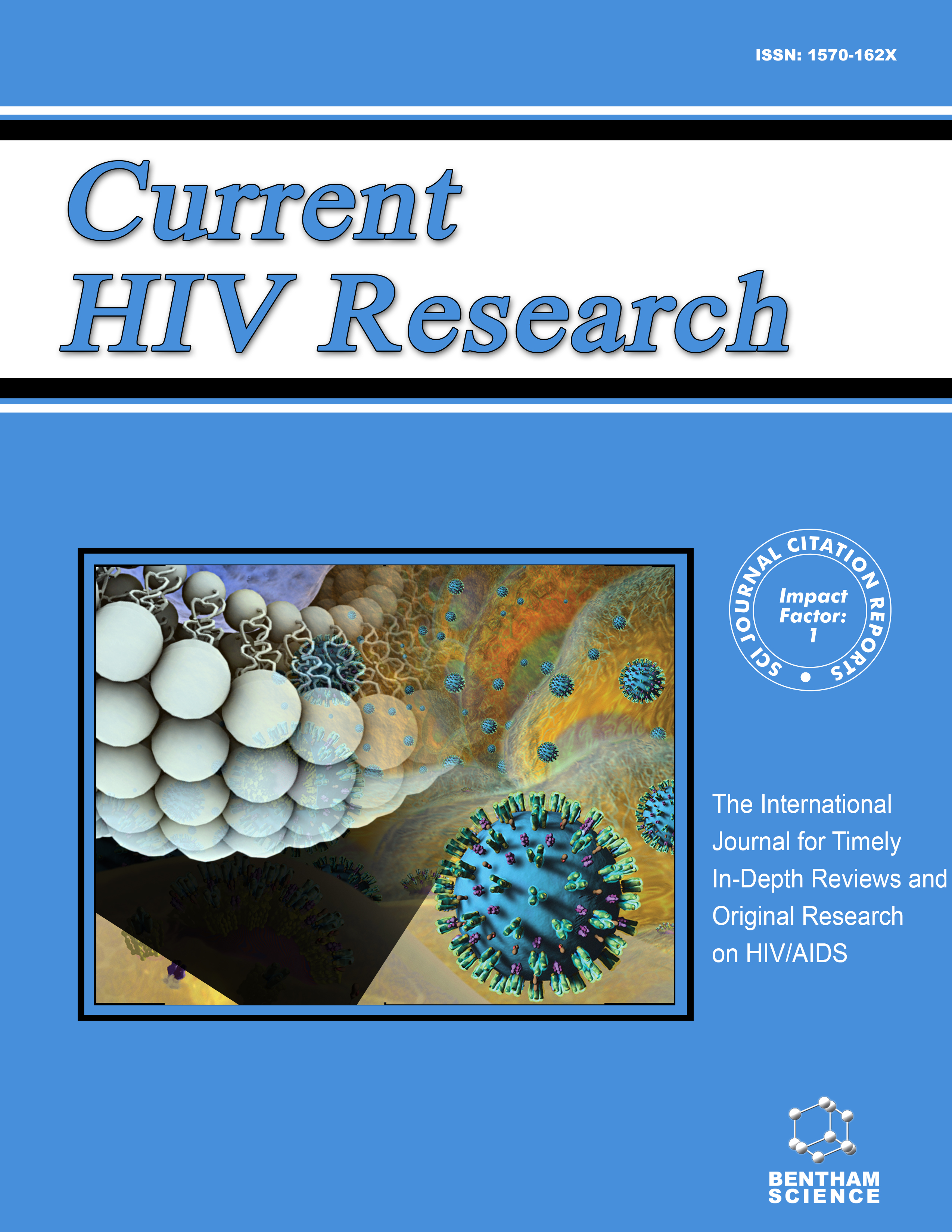
Full text loading...

Tuberculosis (TB), caused by Mycobacterium tuberculosis, often becomes a comorbidity in individuals infected with Human Immunodeficiency Virus (HIV), the cause of Acquired Immunodeficiency Syndrome (AIDS). HIV-positive individuals have a 30-fold higher risk of contracting TB compared to non-HIV individuals. Assessment of HIV-TB disease progression commonly relies on measuring CD4 cell counts. However, in areas with limited access, the World Health Organization (WHO) recommends using Total Lymphocyte Count (TLC) ≤ 1200 cells/μL as an alternative. Additionally, chest X-rays, a widely accessible radiological method, aid in diagnosing TB in HIV-positive patients, complementing TLC in assessing disease progression in limited facilities.
The objective of this study was to analyze the differences in the location and characteristics of TB lesions based on HIV status and TLC levels.
A case-control study was conducted at Adam Malik Central Hospital on pulmonary TB patients from December 2021 to December 2022, meeting inclusion criteria. Evaluation of TB lesion locations and characteristics was performed by two researchers, while HIV status and TLC data were extracted from medical records.
The study involved 154 subjects, including 77 HIV-positive and 77 non-HIV individuals. The percentage of male participants was 81.8%, with a mean age of 43.4 ± 14.4 years. The significant differences in the characteristics and locations of lesions (cavities, miliary lesions, fibrosis, atelectasis, and upper and lower lung) were revealed in HIV-positive and HIV-negative patients. Similarly, significant differences in the characteristics and locations of lesions (cavities, miliary lesions, fibrosis, atelectasis, and upper and lower lung) were revealed in a patient with TLC ≤ 1200 and TLC > 1200.
The study highlights significant differences in the characteristics and locations of tuberculosis lesions about HIV status and total lymphocyte count levels among pulmonary TB patients. HIV-positive individuals exhibited distinct patterns of TB lesions compared to their HIV-negative counterparts, indicating the impact of HIV on TB disease progression. Furthermore, variations in lesion characteristics were also observed based on TLC levels, with notable differences between patients with TLC ≤ 1200 cells/μL and those with TLC > 1200 cells/μL. These findings underscore the importance of considering both HIV status and TLC in the assessment and management of TB in affected individuals. TLC can serve as an alternative to CD4 measurement in situations where access to CD4 testing is limited.